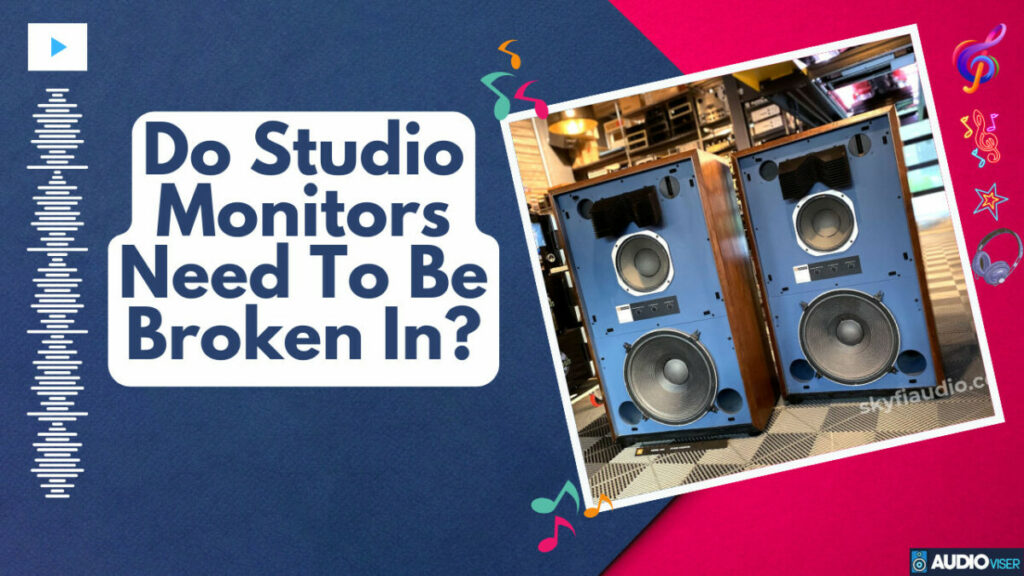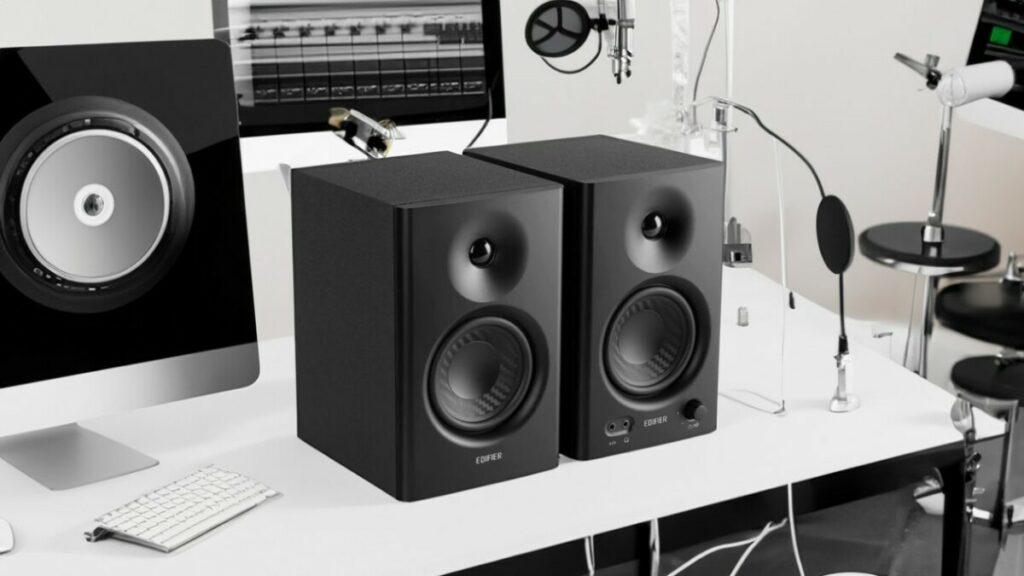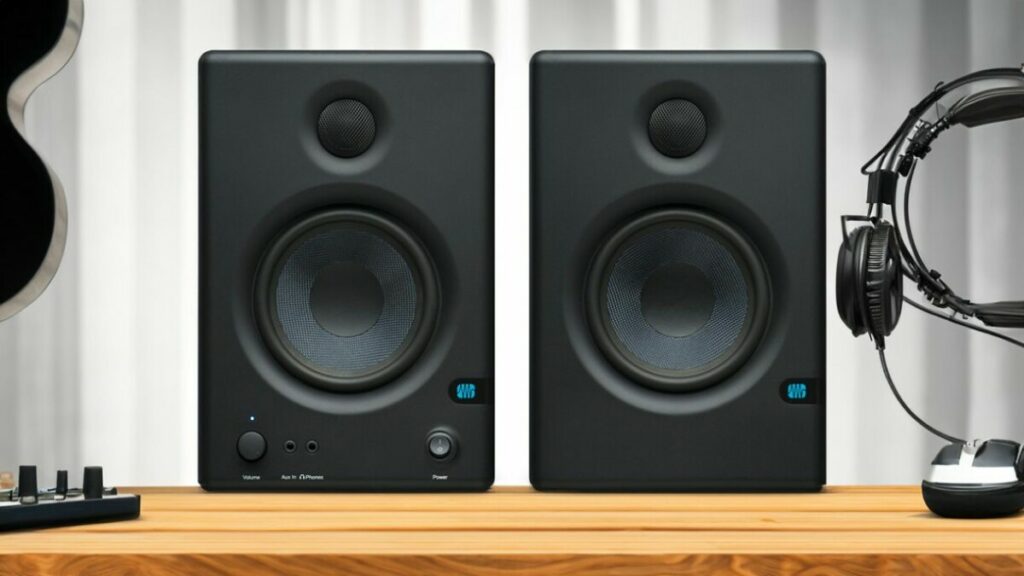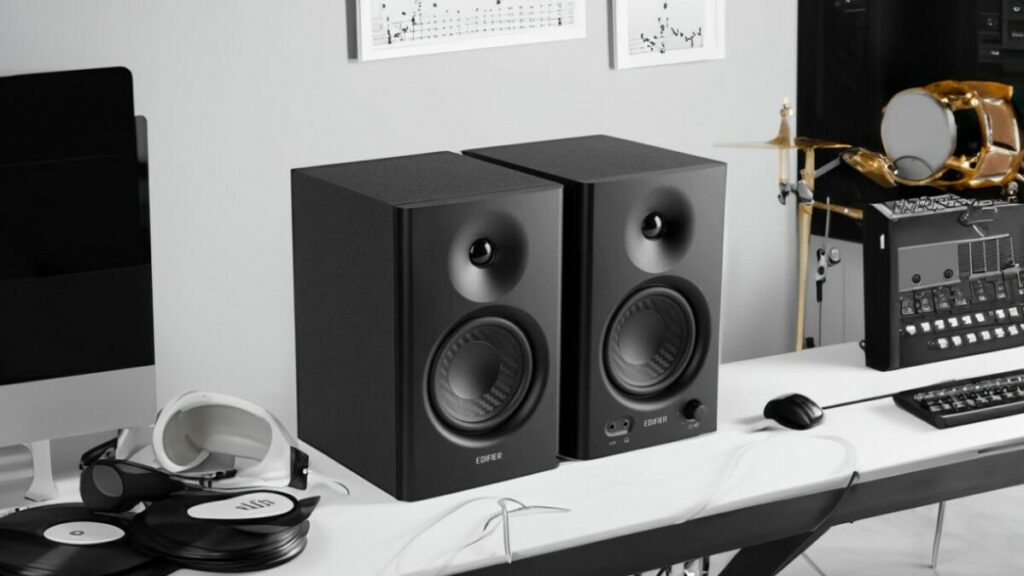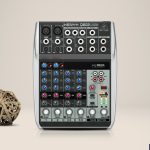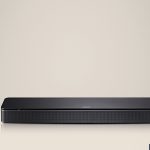Ever thought about whether your studio monitors need some time to settle in or ‘break-in’? You’re definitely not the only one. This subject has the audio nerd community split down the middle.
We’re gonna dig into the nitty-gritty of the break-in process, bust some common myths, and toss you some handy tips. Whether you’re a seasoned pro or just starting out, this guide has got your back.
So, let’s cut through the noise and find out the real deal about breaking in studio monitors and if it indeed makes a difference to their performance.
Do You Need To Break In New Studio Monitors?
Plenty of folks in the audio world believe in the idea of ‘breaking in’ studio monitors. When you first unbox these bad boys, the speaker parts (like the surrounds and the cones) are pretty stiff. But once they’ve jammed out to some tunes for a while, they start to loosen up and get more flexible. What you get is a smoother frequency response and overall, a better sound.
But, not everyone’s sold on this. The whole ‘breaking in’ situation is sort of controversial among the audio nerds. Some are all about it and swear they can hear the improvement over time. Then you’ve got those who think any change in sound is so subtle that it’s not even worth mentioning.
The general consensus? It wouldn’t hurt to give your new studio monitors a workout by playing audio through them for a few hours. It might just give them that extra boost to perform at their best. So pump some tracks and catch some vibes while your new gear settles in.
Perhaps you’re also curious about the electricity consumption of these devices? For more on that, check out this article on whether studio monitors use a lot of electricity.
The Concept of Breaking-in Studio Monitors
It’s a trick of the trade used to boost your monitor’s life span and level up the sound quality.
When you first get your hands on studio monitors, the components are stiff and fresh out of the box.
So, here’s where the ‘breaking in’ part comes in. You play some tunes through your monitors for a while to warm ’em up and shake off the rigidity. It’s like giving your equipment a quick workout so it can hit its top performance level sooner rather than later.
You know when you buy a new pair of kicks and they’re super tight and uncomfortable at first? But then you wear them in, they loosen up and suddenly they’re your go-to shoes? It’s the same principle when it comes to breaking in your studio monitors. Over time, they’ll start delivering sound that’s more accurate and consistent, which is pretty awesome.
It’s a bit of a controversial topic, though. Not everyone in the audio biz agrees that it makes a difference, but some pros swear by it, claiming it can really up the ante on your monitor’s performance and lifespan.
The Science Behind the Break-in Process
Ready for a deep dive into the science of the break-in process for audio gear?
So, the ‘Break in Periodicity’ is just a fancy term for the time it takes for your new studio monitors or other audio equipment to get comfortable and start performing at their best. This is all because of Material Stress that happens during manufacturing.
Let’s break it down, step by step:
- Diaphragm flexibility: When you first get it, this part is a bit rigid, but it’s like your favorite pair of jeans, it loosens up with use.
- Suspension settling: Imagine the spider and surround as your new gym buddies. They need time to get used to the workout routine – in this case, the repetitive motion.
- Voice coil centering: Over time, the voice coil gets its act together and aligns just right in the magnetic gap. It’s all about finding its place in the world, you know?
- Tolerance in electronic components: The capacitors, resistors, and transistors in the crossover network are like new employees – they need time to adjust to their new job conditions.
Just remember, this isn’t a quick fix. It’s like a fine wine, it needs time to get better. It’s a subtle process, but it will definitely boost the sound performance of your studio monitors. So, patience is key, my friend.
Common Myths About Breaking in Studio Monitors
Even with all the tech mumbo-jumbo out there, there’s so much hocus-pocus about the breaking-in process for audio stuff. You’ve probably come across stuff like ‘Monitor Lifespan Fairytales’ or ‘The Great Break-in Bunkum’. It’s high time you cut through the noise and get down to the nitty-gritty. Let’s debunk some of these pesky myths:
| Myth | Reality Check | The Lowdown |
|---|---|---|
| Monitors get better with age | Nah, not really | The break-in is mostly a one-time thing |
| Break-in’s got something to do with lifespan | No way, Jose | How long it lasts really boils down to how you use it |
| Crank up the volume to speed up break-in | Nope, doesn’t work that way | Volume’s got minimal to do with it |
| Every monitor needs a break-in | Not necessarily | It’s all about the speaker design |
| Break-in changes how it sounds | Well, yeah | Initial changes can be pretty obvious |
Getting a grip on these misconceptions can be a game-changer in how you handle your audio rig. Yeah, audio tech can be a mind-bender, but a little knowledge can go a long way in making it a breeze.
Practical Tips for Breaking in Your Studio Monitors
Alright, we’ve debunked some myths, now let’s jump into some legit tips to get your studio monitors sounding lit.
- Where You Place Them: Get your monitors set up just right. They need to be at ear level, kinda like they’re giving you a sound hug. Also, make sure they’re at the same distance from each other as they’re from your ears. It’s all about that symmetry, you feel?
- How Loud You Play Them: Start off easy, keep the volume chill. Then, over time, crank it up a notch, but don’t go crazy, alright?
- What You Play on Them: Spin a massive mix of frequencies. You want to make sure every bit of your speaker gets a workout.
- When You Give Them a Break: Don’t blast your monitors non-stop. Give them a breather to avoid any heat drama.
Do You Have To Break-In Other Types Of Speakers?
If bose made studio monitors, it would probably require breaking in. But the high-end home theater audio gear they make for example, doesn’t require any breaking in.
Studio monitors are essential tools for musicians and producers, and breaking in new speakers is crucial for optimal sound quality. Bose’s reputation for high-quality audio products raises curiosity about how their studio monitors would perform in this aspect.
Also, you might wonder if the size of the studio monitor impacts its sound quality. Discover if studio monitor size really matters.
Pros and Cons of Breaking in Studio Monitors
So, you’ve got new studio monitors and you’re probably thinking about whether you should break them in or not, right? Well, let’s break down the pros and cons for ya.
On the bright side, breaking in your speakers could totally amp up your sound game. It’s like giving your speakers a little workout, letting those diaphragms flex and chill, which leads to a much slicker and more precise sound output. It’s a way to help your monitors reach their peak performance, dude.
But hold up, there’s a flip side to this coin. Going overboard with the breaking in or not doing it right could be a bummer for your monitors’ lifespan. Cranking the volume too high or playing sounds that are out of their league could mess them up for good. It’s all about striking the right balance, letting your monitors show their stuff without pushing them too hard.
Keep in mind, if you don’t treat your gear right, you could be cutting their lives short.
Sound Artist
I’m a Sound Artist creating immersive sonic experiences. I turn everyday objects into music, turning the mundane into something marvellous!

